Description
Kalanchoe Plant
The genus Kalanchoe includes more than 100 plants, but only a few are regularly seen in cultivation. Kalanchoes are native to arid areas, and they are popular succulents. Modern hybrids are valued for their interesting leaf-forms or for their flowers. Flowering Kalanchoes are available in red, pink, yellow, or white. Like many succulents, these are not difficult plants to grow, providing you are careful with the water, especially in the winter.
Planting and care
Light: They prefer bright, sunny locations, especially in the summer growing season. During the winter, consider a south-facing window.
Water: Water moderately throughout the summer and reduce watering in the winter. Let the soil surface dry out between waterings, and in the winter, the plant can almost dry out. Watch the fleshy leaves for signs of water distress.
Temperature: They prefer warmth. Do not let fall below 55ºF.
Soil: An ordinary potting soil mix is fine.
Fertilizer: Feed bi-weekly in the summer with a liquid fertilizer, or use slow-release pellets.
Propagation
Many kinds of Kalanchoe will produce tiny plantlets along the leaf margins that can be individually potted up. These types include K. pinnata the air plant and K. beharensis. The more popular Kalanchoe K. blossfeldiana and K. manginii can be propagated by leaf cutting or tip.
Grower’s Tips
Kalanchoes are not particularly hard to grow, and the flowering varieties (K. blossfeldiana) are highly rewarding for their colorful and long-lasting flowers. Many people discard the plants after the bloom is over, but this isn’t really necessary. Simply cut off the flowering head, let the plant rest with reduced water, and resume its normal care. It should flower naturally in spring. Professional growers force Kalanchoes to bloom throughout the year (they are a short-day plant). The two pendant Kalanchoes make excellent hanging plants.

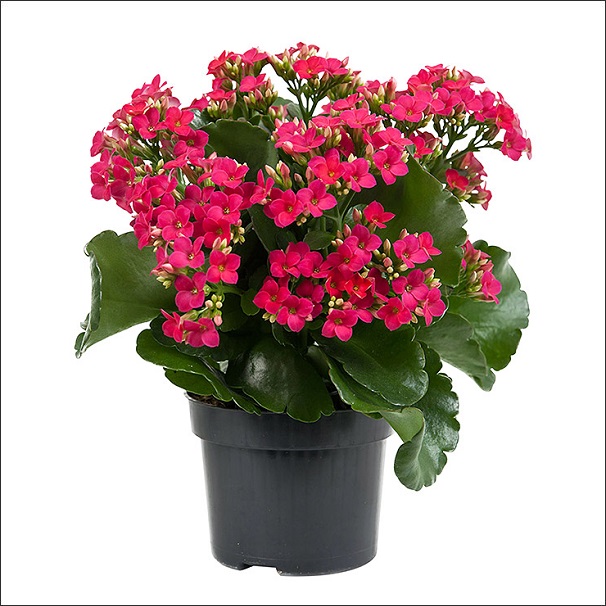
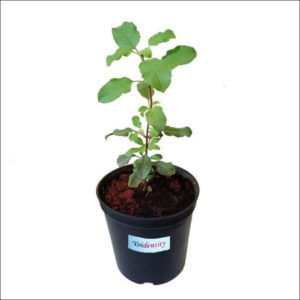
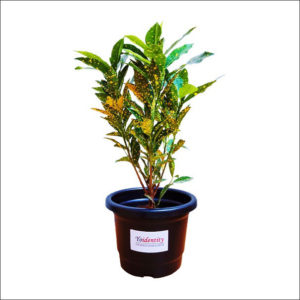
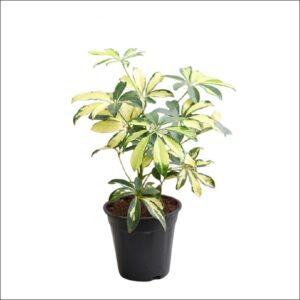
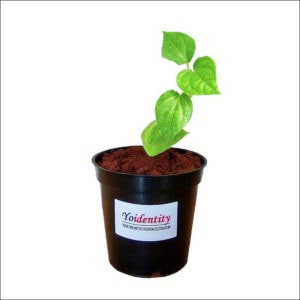
Reviews
There are no reviews yet.